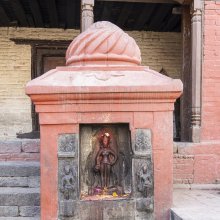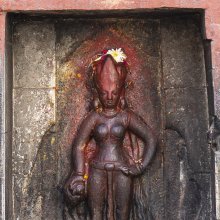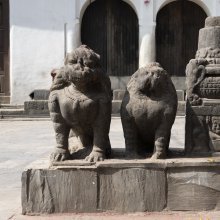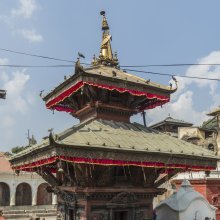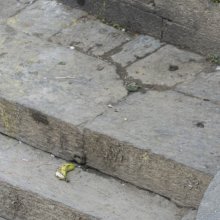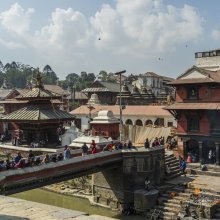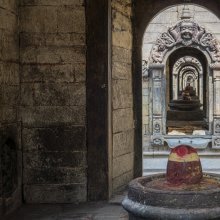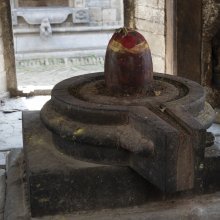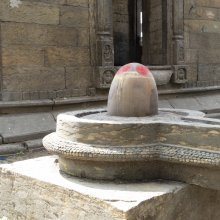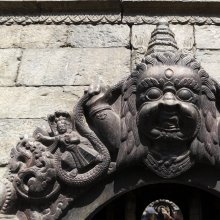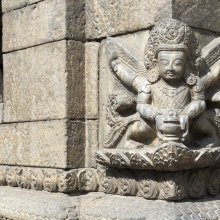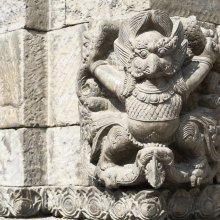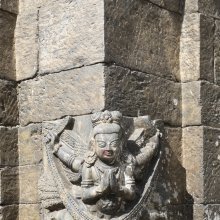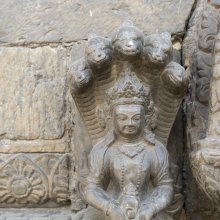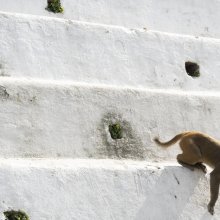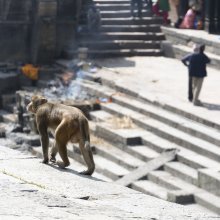The Pashupatinath Temple [Photo gallery]
The Pashupatinath Temple is one of the most ancient Hindu temples of Nepal, the current structure dating to at least the 5th century. It is situated on the banks of the holu Bagmati river in Kathmandu, Nepal. The temple complex is dedicated to Lord Shiva and contains over 500 religious structures. Ongoing religious ceremonies, such as Puja (worship), are executed by priests well-versed in the teachings of the Vedas and the Shiva Agamas.
According to traditional legend, the Pashupatinath temple was constructed by the Lichchavi King Prachanda Dev, replacing the previous damaged building. Around the main shrine many more temples exists, such as the ancient Guhyeshwari temple representing one of the 51 Shakti Peethas mentioned in an 11th-century manuscript. Other temples are also dedicated to Shiva or Vishnu.
The Pashupatinath Temple is glorified in traditional Hindu literature, such as the Shiva Purana (chapter 4.11): “The phallic image Pashupatisha in the Nayapala town famous on the earth is the bestower of the fruits of all desires”. Note: Nayapala refers to modern Nepal and is sacred to Shiva in the sense that this is where he preached the Pashupata-yoga.
Pashupatinath is also spelled like Pasupatinath or Paśupatinātha which is composed of the two Sanskrit words Pashupati and Natha. Pashupati is mentioned as one of the eight names of Shiva in the Shiva Purana (source, chapter 1.20) and in Shaivism he is represented as the presiding deity of Nepal (according to Nigamajnanadeva in his commentary on the Jirnoddhara-dashaka). The word Natha literally means “master” or “leader”.
Visitor information: You have to buy a ticket for the whole area in and around Pashupatinath. The entrance fee foreigners is at the moment 1000 NPR and needs to be bought only once. It is however not valid for the Pashupatinath temple courtyard, the Guheshwori (Guhyeshwari) temple courtyard and the Bishworupa (Vishwaroop) temple courtyard.
Gallery: 17 images
Click each photos to see detailled description, exif-information and high-resolution:

